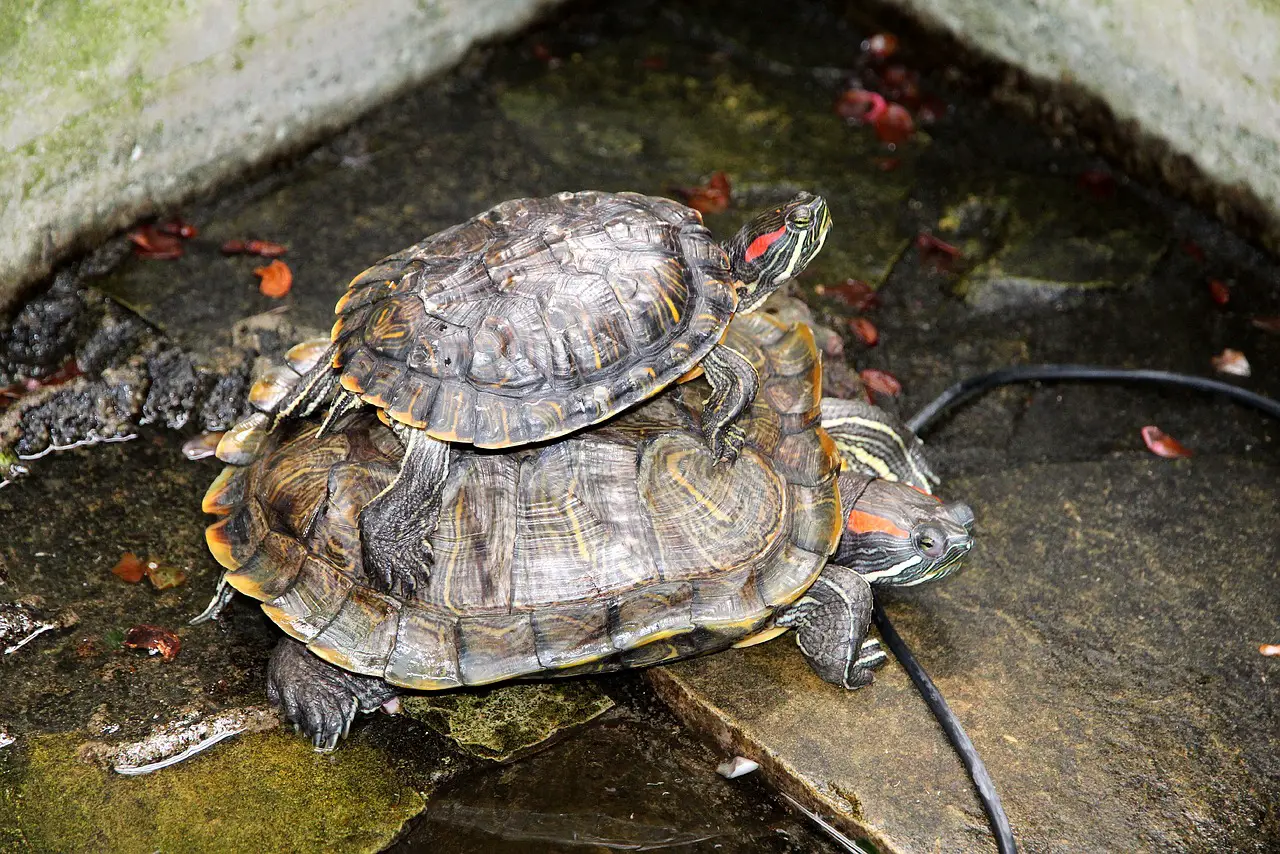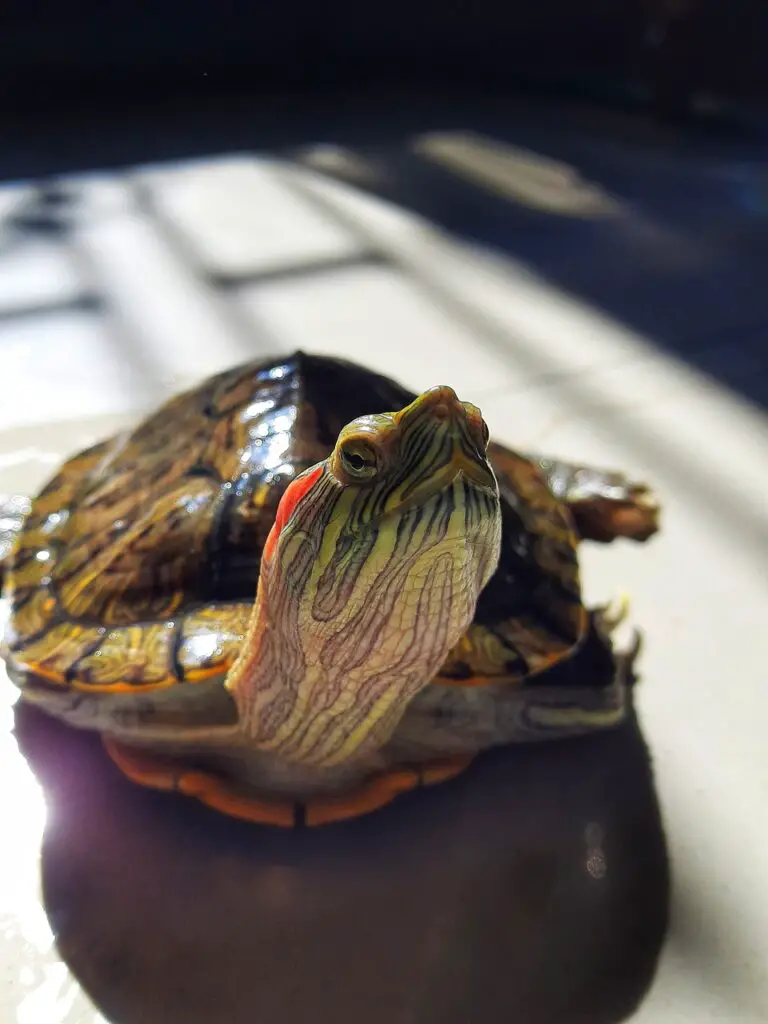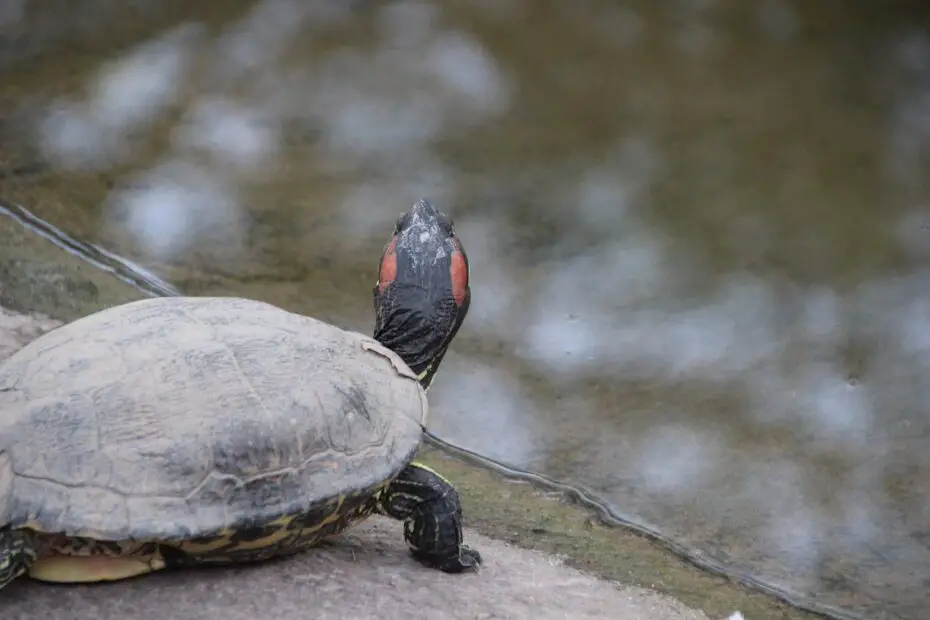Have you ever wondered about the lifespan of red-eared sliders, those captivating turtles often seen in ponds and aquariums? Understanding their lifespan is crucial for providing appropriate care and ensuring their well-being. In this article, we will delve into the fascinating world of red-eared sliders, exploring their characteristics, habitat requirements, and the Red-Eared Sliders Lifespan. We will also discuss what you can do to promote a healthy and long life for these intriguing reptiles.
You may also want to know all about red-eared slider food.
Understanding Red-Eared Sliders
An Overview of Red-Eared Sliders
Red-eared sliders (Trachemys scripta elegans) are aquatic turtles native to North America. They are known for their striking red patches behind their eyes, which give them their distinctive name. These turtles have become popular pets due to their appealing appearance and relatively low maintenance requirements.
Habitat and Environment
Red-eared sliders inhabit various freshwater habitats such as lakes, ponds, and slow-moving rivers. In captivity, they require a well-maintained and spacious aquatic environment that includes both water and land areas. This allows them to bask and regulate their body temperature.

Factors Influencing Lifespan
Genetic Factors
The genetic makeup of red-eared sliders plays a significant role in determining their lifespan. Some individuals may have inherent characteristics that contribute to a longer life span, while others may be more prone to health issues or have shorter lifespans due to genetic factors.
Diet and Nutrition
Proper diet and nutrition greatly impact the overall health and longevity of red-eared sliders. A well-balanced diet consisting of commercial turtle pellets, fresh vegetables, and occasional protein sources is essential. Providing the correct nutrients in appropriate quantities ensures optimal growth and longevity.
Environmental Factors
The quality of the habitat and the conditions in which red-eared sliders are kept can significantly affect their lifespan. Water temperature, cleanliness, and adequate filtration systems are crucial for maintaining their health. Additionally, exposure to harmful chemicals or pollutants can negatively impact their longevity.
Lifespan Expectations
Red-Eared Sliders Lifespan: Average Lifespan
Under ideal conditions, red-eared sliders can live for several decades. On average, they have a lifespan of 20 to 40 years, although some individuals have been known to live longer.
Red-Eared Sliders Lifespan: Factors Affecting Longevity
Several factors can influence the longevity of red-eared sliders. These include genetics, diet and nutrition, environmental conditions, and the level of care provided by their owners. By addressing these factors, you can help ensure that your turtle enjoys a long and healthy life.
Promoting a Healthy Lifespan
Providing a Suitable Habitat
Creating a suitable habitat for red-eared sliders is vital for their well-being and longevity. This includes a spacious tank or pond with clean, filtered water, a basking area with an appropriate heat source, and access to both light and shade. A well-designed habitat mimics their natural environment and provides opportunities for exercise and stimulation.

Proper Nutrition and Feeding
Offering a balanced diet is crucial for maintaining the health of red-eared sliders. Along with commercial turtle pellets, their diet should include a variety of leafy greens, vegetables, and occasional protein sources like insects or cooked meats. Avoid overfeeding and monitor their weight to prevent obesity, which can shorten their lifespan.
Regular Veterinary Care
Routine veterinary check-ups are essential for red-eared sliders to detect and address any health concerns early on. A qualified reptile veterinarian can provide guidance on diet, habitat, and overall care. Regular examinations, vaccinations, and parasite prevention measures contribute to a turtle’s long-term well-being.
Signs of Aging and Age-Related Concerns
Recognizing Signs of Aging
As red-eared sliders age, certain signs become apparent. These include a gradual decrease in activity levels, changes in appetite, and a gradual fading of their vibrant colors. It’s important to differentiate between natural signs of aging and potential health issues that may require veterinary attention.
Common Age-Related Health Issues
Older red-eared sliders may be more prone to age-related health problems such as respiratory infections, shell deterioration, and organ issues. Regular monitoring, maintaining proper environmental conditions, and prompt veterinary care can help manage and prevent these issues, potentially prolonging their lifespan.
Frequently Asked Questions
- How long can red-eared sliders live in captivity?
- Red-eared sliders can live for 20 to 40 years or more in captivity if provided with proper care and a suitable environment.
- Can red-eared sliders outlive their owners?
- Yes, it is possible for red-eared sliders to outlive their owners. Providing arrangements for their long-term care in case of unexpected circumstances is important.
- Do male and female red-eared sliders have different lifespans?
- Male and female red-eared sliders typically have similar lifespans if provided with the same level of care. However, females may have slightly shorter lifespans due to the stress of egg production.
- Can environmental factors impact the lifespan of red-eared sliders?
- Yes, environmental factors such as water quality, temperature, and exposure to pollutants can have a significant impact on the lifespan of red-eared sliders.
- Do red-eared sliders live longer in the wild or in captivity?
- Red-eared sliders have the potential to live longer in captivity due to the absence of predators, access to consistent food sources, and proper care provided by owners.
Conclusion
Red-Eared Sliders Lifespan: How Long Can These Fascinating Turtles Live? In conclusion, red-eared sliders have the potential to live long and fulfilling lives when provided with appropriate care and a suitable habitat. By addressing genetic factors, ensuring a balanced diet, maintaining optimal environmental conditions, and prioritizing regular veterinary care, you can contribute to the longevity of these captivating turtles.
Understanding their lifespan and the factors that influence it is crucial for providing them with the best possible care throughout their lives.
